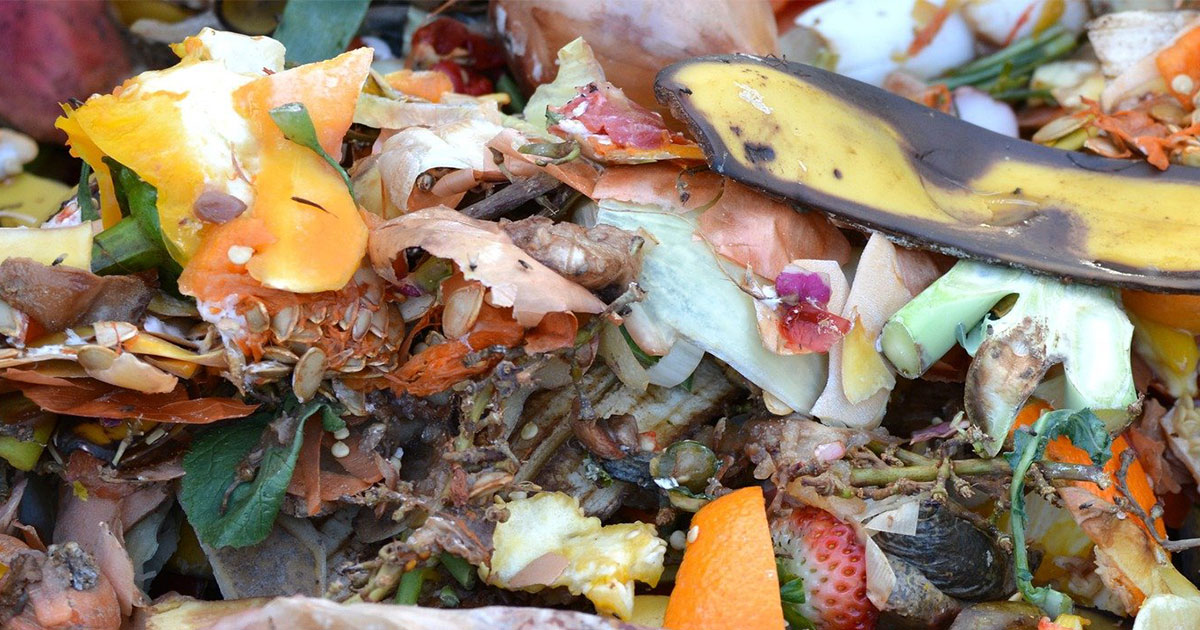Understanding where your
organic waste should be disposed of is crucial to help the environment. You can find a lot of information online from foreign sources, which are not applicable to the local scenario. So, we have reached out to
WasteServ to help us get a better understanding of what should and shouldn’t go in our organic bins and get a better understanding of how it is processed and used.
What is organic waste?
Organic waste is any material that comes from a plant or animal and is
biodegradable. The most common source of organic waste is food waste. It is important that this waste is disposed of in organic bins and is not sent to landfill, as in such conditions when the food breaks down and rots, methane is released. This is a harmful
greenhouse gas that is 25 times more potent than carbon dioxide, having a big impact on the environment.
What should go in the organic bin?
Food waste is to be disposed of in the organic bin. For a detailed list please check the information here. Non-food items, which can also be safely disposed of in this bin are paper straws, food soiled tissues, soiled newspapers, leaves and flowers (excluding twigs).

How is organic waste processed locally?
At present, organic waste is processed at
WasteServ’s Mechanical and Biological Treatment (MBT) plant, which consists of a mechanical treatment plant, and a biological plant with
anaerobic digestion (AD) facilities.
This plant processes organic waste and then uses bacteria to produce methane gas, which is used as fuel to generate heat and electricity. The first step in this process is mixing the waste with water to convert it into a pulp, which is then fed to the digesters within the AD plant. This breaks down the pulp through
bio-kinetic processes taking place within the digestors to produce a ‘digestate’.
One of the most important bio-kinetic processes taking place is that of the methane forming bacteria. These bacteria convert the acids produced into methane and carbon dioxide. The methane is then used as fuel in the
Combined Heat and Power (CHP) machine to generate heat and electricity. The heat is used to sustain the AD process itself while the electricity generated is fed to sustain operations of the plant to reduce carbon footprint. Any excess is fed to the grid. The stabilised digestate is ultimately dewatered and used as landfill capping (part of landfill rehabilitation) given that currently they do not match the standards for agricultural grade compost.
Do items labelled as compostable or biodegradable go into the organic bin?
More eco-friendly packaging is being made available. However, it is important to note that currently items carrying these labels are not to go in the organic bin, mainly as these
take a longer time to disintegrate and are not suitable for the current processing system for organic waste. So, items such as wooden cutlery, chopsticks, toothpicks, bamboo cotton buds should all go in the black bin. Even though these items cannot be disposed of with the organic waste, they are still a lot less harmful to the environment, as once they break down, they will not leave microplastics or harmful residue in the environment.
Going forward…
WasteServ is currently working on a
new Organic Processing Plant as part of ECOHIVE project, the largest ever investment in the waste management sector. The new Organic Processing Plant will convert waste into biogas and agricultural grade compost. In the meantime, why not look into composting! Home composting is the most environmentally friendly way of dealing with kitchen and garden waste, plus it will help enrich your soil and acts as a natural fertiliser for your plants!
(Sources:
WasteServ /
Recyclenow).



